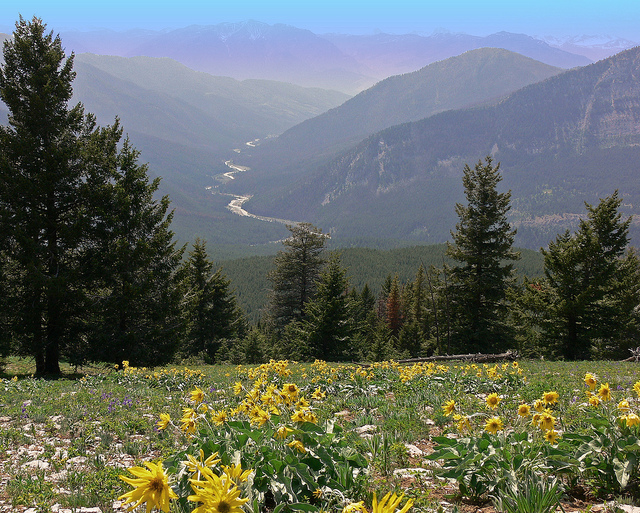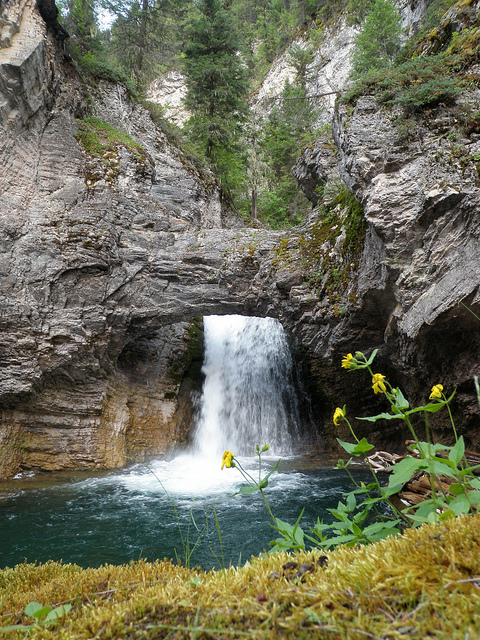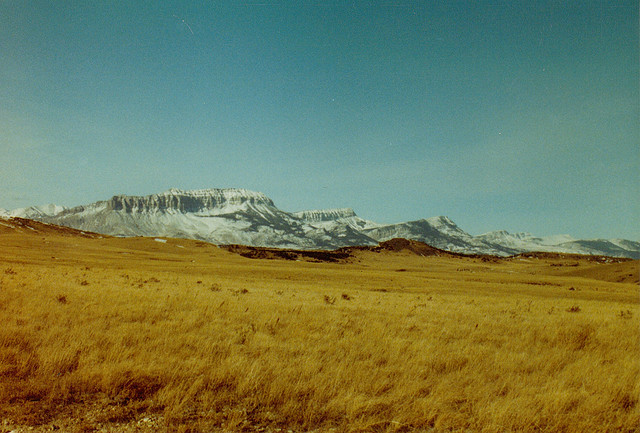Bob Marshall Wilderness
Key information: Bob Marshall Wilderness 
- The Bob Marshall Wilderness, affectionately referred to as 'The Bob', lies just south of the grandeur of Glacier National Park, in one of the largest remaining areas of true wilderness in the USA.
- Trek up imposing peaks, hike through dense forests and wander across wildflower meadows. This stunning mountainous scenery is populated by marmots, cougars, wolverines, deer, elk, moose, mountain goats, bighorn sheep, black bears and grizzly bears.
- Long limestone cliffs, the product of geological movements along the Continental Divide, criss-cross the wilderness. The most impressive of these is the 35 km long Chinese Wall, which can be walked in a great six day loop.
- With nearly 3,000km of trails reserved for walking and stock-use, hikes of every length abound. The Upper Holland Loop is a day of relatively hard walking, or a more relaxed overnight trip, exploring the beautiful alpine landscape around Swan Peak.
- Multi-day walks are a a good way of escaping the crowds, as many visitors remain within half a day's walk of the main access points.
- Walking in The Bob can be tough, and given the lack of access roads you will often have to be self-sufficient. Come prepared to deal with any difficulties, and be aware of and sensible about wildlife and weather.
Walkopedia rating
- Walkopedia rating82
- Beauty33
- Natural interest17
- Human interest0
- Charisma32
- Negative points0
- Total rating82
Vital Statistics
- Length: Variable
- Maximum Altitude: 2,851m
- Level of Difficulty: Variable
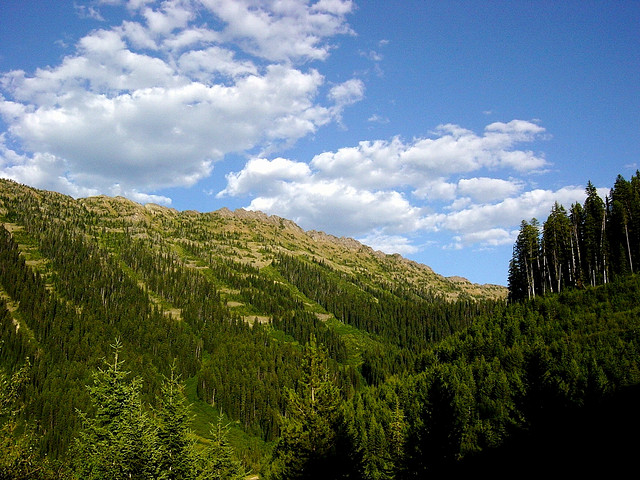
WALK SUMMARY
The Bob Marshall Wilderness of Montana lies just south of the grandeur of Glacier National Park, and is known as the best preserved mountain/valley ecosystem in the lower forty-eight states. Affectionately referred to as "The Bob", this wilderness contains imposing peaks, open prairies, wildflower meadows, green forests, glacial lakes and clear mountain streams.
Bob Marshall was an extraordinary figure: founding the Wilderness Society and fighting for wilderness preservation long before it became a widely recognised issue, he would hike between 30 and 40 miles a day through mountainous regions - allegedly leaving the Native Americans who accompanied him trailing far behind. It was through his efforts that Congress became convinced of the need to protect the natural environment against human activity, and hikers today can experience his legacy in the peace and escapism of this isolated wilderness. The ecological and environmental debates are far from over; those seeking new sources of energy are looking to areas bordering the wilderness and, fortunately for future hikers, they face strong opposition from locals and environmentalists hoping to extend the protected wilderness zone.
The wildlife, as with other protected areas and national parks in the Northwest USA, is remarkable. Grizzly bears, wolves, wolverines, mountain lions, cougars, elk, moose, and deer wander the wilderness: Harlequin ducks breed here, whilst ptarmigan shed their dull brown in favour of a snow white each winter. During the autumn elk often gather in the Sun River Game Preserve, at the base of the Chinese Wall, for mating season, and their bugling echoes over the mountains.
With nearly 3,000km of trails reserved for walking and stock-use, hikes of every length abound.
- Long limestone cliffs, the products of geological movement along the Continental Divide, criss-cross the wilderness. The most impressive of these is the 35 km long Chinese Wall, which can be walked in a great six day loop through the splendour of The Bob.
- Upper Holland Loop makes a tough day walk or a more relaxed overnight trek, exploring the beautiful alpine landscape around Swan Peak.
- Another strenuous day walk follows the trail to Sunburst Lake, which lies cradled below Swan Peak and Swan Peak glacier, in the northwest corner of the Wilderness. The scenery here is stunning, but the richly filled lake is also a popular trip for anglers.
- A longer hike leads to Gateway Pass and Gateway Gorge, with some of the best scenery in The Bob. Multi-day walks such as this are also a good way of escaping the crowds, as many visitors remain within half a day?s walk of the main access points.
It is important to remember that walking in The Bob can be tough, and given the lack of access roads you will often have to be self-sufficient. Come prepared, and be aware of and sensible about wildlife and weather. You will have to carry all your gear, although it is possible to hire horses to carry equipment on some trails, the Chinese Wall in particular.
Other accounts: share your experiences
Your comments on this walk, your experiences and suggestions, and your photos are very welcome. Where appropriate, you will be credited for your contribution.
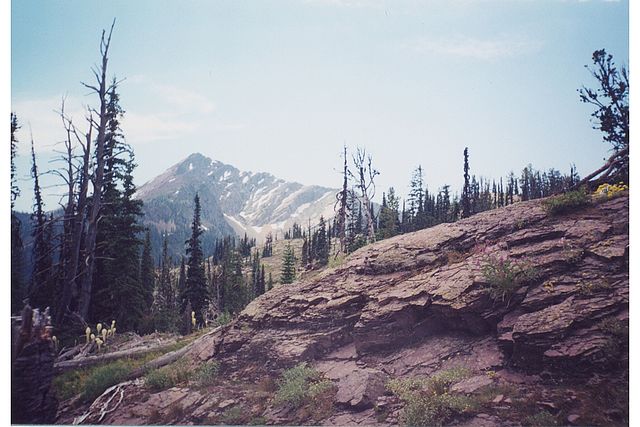
We have a lot of helpful practical information and tips about this walk, covering everything from the best books and maps, to timing and weather, geting there, possible problems, whether you need a guide and where to find them, and useful websites. This section is only open to members.
Membership is FREE AND JOINING TAKES 30 SECONDS. To login or sign up click here
Safety and problems: All walks have inherent risks and potential problems, and many of the walks featured on this website involve significant risks, dangers and problems. Problems of any sort can arise on any walk. This website does not purport to identify any (or all) actual or potential risks, dangers and problems that may relate to any particular walk.
Any person who is considering undertaking this walk should do careful research and make their own assessment of the risks, dangers and possible problems involved. They should also go to “Important information” for further important information.
Anyone planning an expedition to this place should see further important information about this walk.
Safety and problems: All walks have inherent risks and potential problems, and many of the walks featured on this website involve significant risks, dangers and problems. Problems of any sort can arise on any walk. This website does not purport to identify any (or all) actual or potential risks, dangers and problems that may relate to any particular walk.
Any person who is considering undertaking this walk should do careful research and make their own assessment of the risks, dangers and possible problems involved. They should also go to “Important information” for further important information.
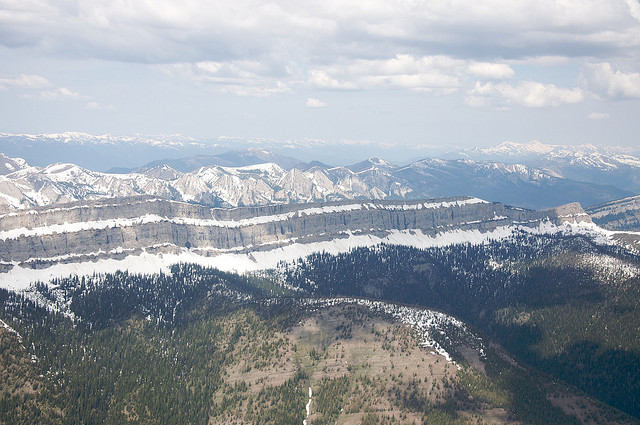
OTHER ACCOUNTS
share your experiences
Add your experiences, suggestions and photos. We would be delighted to receive your writing and ideas (which will be attributed appropriately where published).
Anyone planning an expedition to this place should see further important information about this walk.
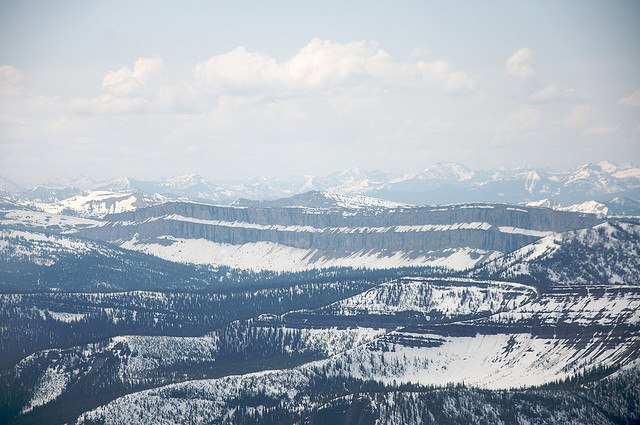
Responsible travel matters, a lot. How you travel will make a real difference - for better or worse. PLEASE consider this when making plans. Read more



